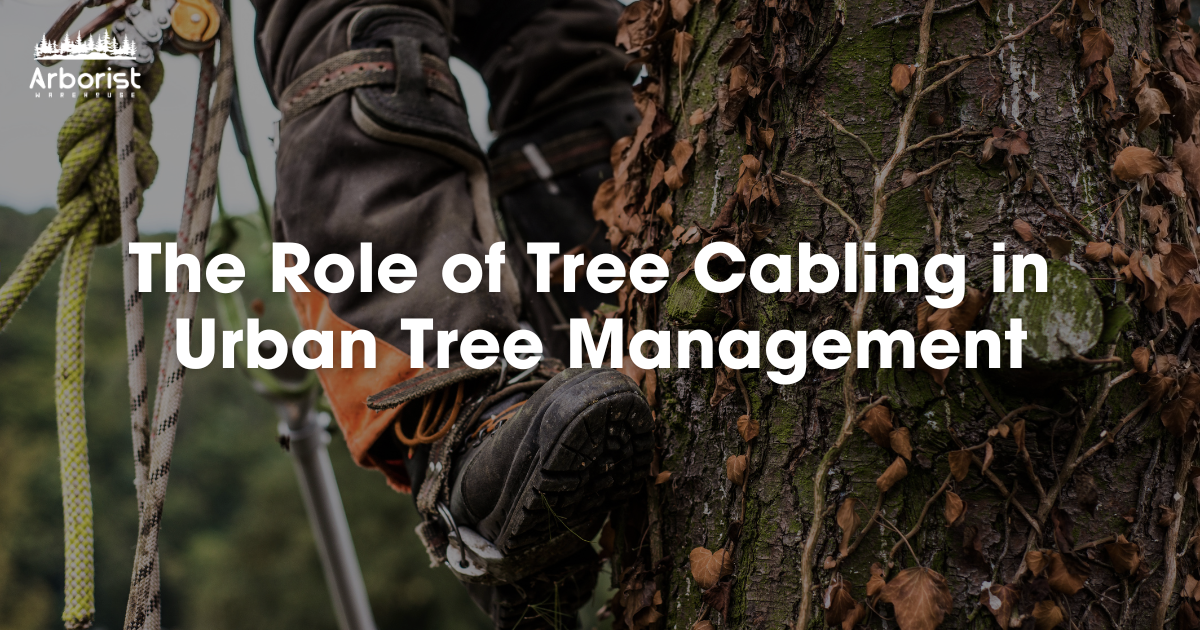The Role of Tree Cabling in Urban Tree Management

Urban trees are valuable assets that face unique challenges, including structural weaknesses and exposure to harsh conditions. Tree cabling plays a crucial role in preserving these trees, ensuring they remain safe and stable in urban environments.
1. Understanding Tree Cabling
Tree cabling involves installing flexible steel cables between branches to reduce movement and prevent breakage. What is Tree Cabling? Tree cabling is a proactive method used by arborists to provide support to structurally weak trees. The aim is to stabilize trees with poor branch attachments or multiple trunks, preventing potential damage in high winds or under heavy loads. Purpose: The primary purpose of tree cabling is to support the tree while allowing it to grow naturally. Instead of restricting movement entirely, the cables provide enough flexibility for the tree to sway in the wind, which is important for its health and structural integrity.
2. Benefits in Urban Environments
Urban trees enhance the beauty and environmental quality of cities but require special care to thrive.
Enhanced Safety: Tree cabling significantly reduces the risk of falling branches in populated areas, which can cause property damage or personal injury. For instance, installing a 2.4-ton rated cabling system from Arborist Warehouse can effectively support large limbs prone to splitting.
Prolonged Tree Life: By stabilising weak or damaged trees, cabling can extend their lifespan, allowing them to continue providing shade, reducing air pollution, and enhancing the urban landscape.
3. When to Use Tree Cabling
Not all trees require cabling, so it's important to know when this method is appropriate.
Split or Cracked Branches: Trees with multiple trunks or large limbs that are at risk of splitting are ideal candidates for cabling. For example, a Blake’s Hitch with a durable rope can be used in conjunction with the cabling system to provide additional support.
Heavy Foliage: Trees with dense canopies may benefit from cabling to balance the weight distribution and reduce the likelihood of limb failure. This is particularly important in urban areas where space is limited, and trees may be more prone to stress.
4. Choosing the Right System
Selecting the appropriate cabling system is crucial for its effectiveness.
Cable Strength: The strength of the cable should match the size and weight of the tree. For large, heavy trees, a high-strength cable like those found in Arborist Warehouse’s tree cabling kits is essential to ensure the system can handle the load.
Professional Installation: Proper installation is key to the success of tree cabling. Arborist Warehouse offers all the tools you need, but for best results, it's recommended that tree cabling be installed by certified arborists who can assess the tree's condition and determine the optimal cabling strategy.
Tree cabling is a valuable tool in urban tree management, helping to preserve the health and stability of trees that might otherwise pose risks or require removal. By investing in quality cabling systems and ensuring proper installation, you can contribute to the safety and longevity of urban trees.



